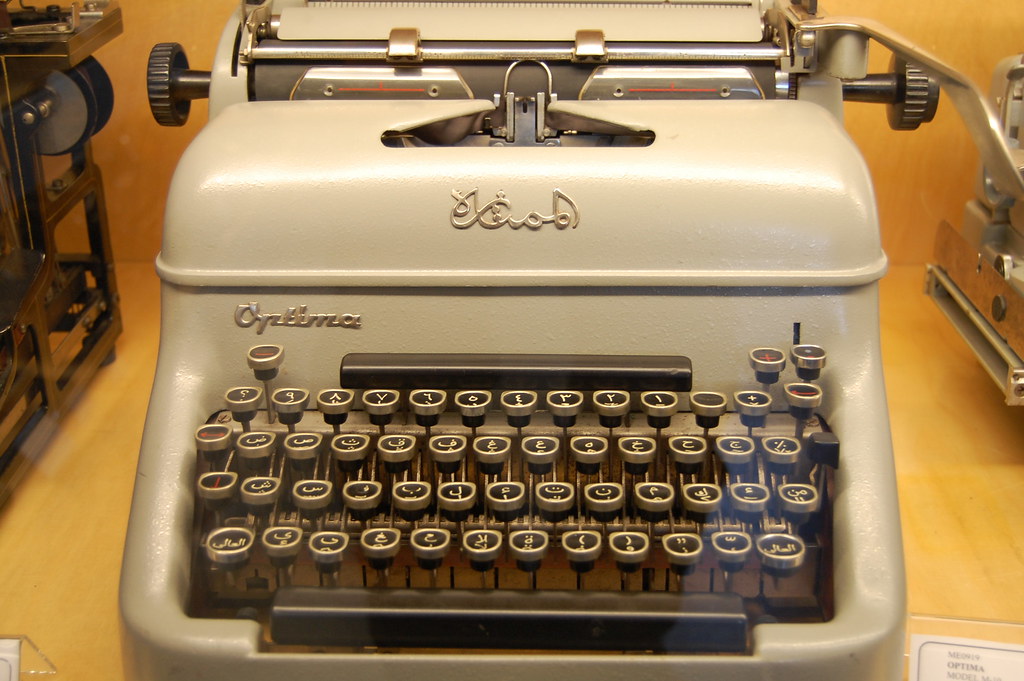From ink to paper, the story of the Arabic typewriter is puzzling; a story of two worlds that unraveled a pool of questions, but first the most important one is: who invented the Arabic typewriter?
Selim Haddad and Phillip Waked have both claimed the titles of the Arabic typewriter inventors, with both of their families passing down the legacy to generations.
The begged question was brought to light when Walid Waked, who has been told all his life that his great grandfather Phillip, born in Beirut in 1871, invented the Arabic typewriter. A few years later, a late- discovery altered the course of history Walid believed all his life.
In an interview with Kerning Cultures, the leading podcast network in the Middle East, Waked spoke about the discovery that changed his life.
Waked initially found out his grandfather’s legacy when he was sorting through his grandmother’s cupboard in Egypt and found documents of US patents about his great grandfather’s invention.
In an investigation, director of the Technology Transfer Office at the American University in Cairo (AUC), Ahmed El Leithy, one of Walid’s childhood friends, found a similar invention to what Walid thought was his great grandfather’s invention.
The AUC Technology Transfer Office is responsible for dealing with patents. El Leithy’s job description proposes that he uncover new inventions and research.
Born in Damascus in 1964, Haddad was a well-known Syrian artist who also claimed to have been the inventor of the Arabic typewriter. Upon his move to Egypt in the late 1800s Haddad became a famous painter for the monarch of the time, until he started working on his invention.
Fazed by the dilemma of the two families claiming legacy of the invention, El Leithy’s investigations led him to uncover the primitive invention of the Arabic typewriter, which he discovered was produced in the United Kingdom.
The British Museum commissioned one of El Leithy’s friends, Mohamed, because they wanted to set up a modern exhibit for Egypt. El Leithy had the idea of putting up Waked’s invention at the exhibition, so he approached Walid to sort through documents at his grandmother’s home.
El Leithy explained that there were so many documents, so he had the idea of sorting the documents in chronological order, and this was when he found the rival invention of Selim Haddad’s.
The inventions, El Leithy concludes, were more likely to have been replicas of a prototype displayed during the 1893 Chicago World’s Fair. El Leithy revealed in the podcast that both Waked and Haddad were present at the fair, which had pavilions exhibiting technologies from all around the world. He believed that the two masterminds were inspired by the prototype and took it upon themselves to further develop it.
What remains true, despite what others choose to believe as the sole inventor of the Arabic typewriter, is that Haddad filed the first patent, but Waked had produced the first printed document in Arabic. In retrospect, both of the main characters have served to influence the writings of generations to come, and thus, they are worth celebrating despite their rivaled history.







Comments (0)